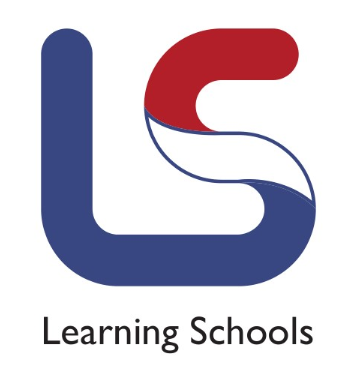Description of the proposed best practice:
|

www.indire.it The project comes from the need to perceive the school as a welcoming community, able to make all students feel at ease, in all environments. The idea of the project came from students of the first classes, leads to reflect on their degree of motivation and participation in school life. In particular, the students complained of poor cleaning and malfunction of sanitary ware and taps, doors and accessories destroyed resulting in a lack of confidentiality and shameful writings on the walls; they also reported the occurrence of bullying inside, so much so that even some parents had raised the problem with the teachers, because the situation had reached the point where the children sometimes had to be given up even to use the services. At the same time, the students expressed their desire to work for an improvement of the school a s a place to spend a significative amount of time during the day. While identifying the problem to work on, the teachers using problem-solving practices, tried to promote the creative and proactive dimension of the pupils and to solicit the participation of all, asking questions to stimulate them to address the issue. It was followed by a fruitful discussion during which everyone gave their own contribution. The teacher methodically observed the class group, supported it in the comparison between the various hypotheses formulated, valuing the individual differences and ensuring compliance with the rules and the operations to be carried out. All the members of the class felt free to express their thoughts, to launch themselves into the hypothesis of improvement, to involve people outside the school (parents, relatives), who could help them in the work of renovating the school common spaces. This approach is known as service learning. The school, in this case, combines the task of "teaching to learn" that of "teaching to be", so that the student can acquire the tools and values to be able to make autonomous and fruitful choices. This has certainly been a strength of experience. Students, to varying degrees, have acquired and developed the ability to use what they learn in class to solve real problems. The role reserved for the facilitator, mediator, director, as required by the Service Learning method and by the school of autonomy itself, has resulted in a greater self-esteem in the students, the creation of a climate of trust, a type of empathic relationship that has stimulated motivation to study even in the weakest students. Service-Learning connects a significant service in the school or community with school learning and civic responsibility. Service-Learning is distinguished from community service or volunteering in two ways. First, the service activity is complemented with school skills and content. Second, students engage in structured reflection on their experiences of service.
|
 Learning Schools
Learning Schools